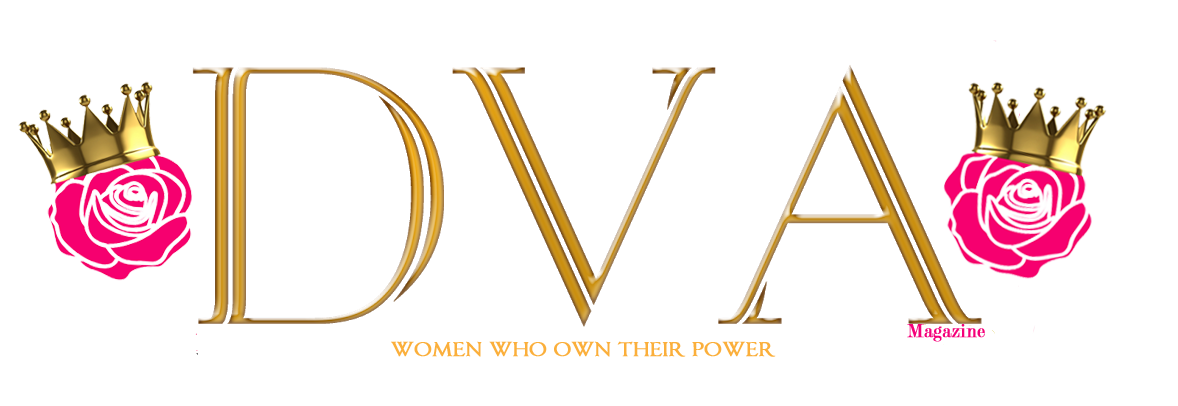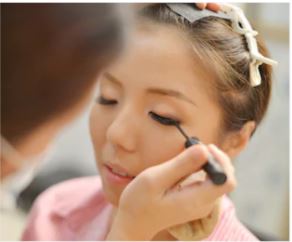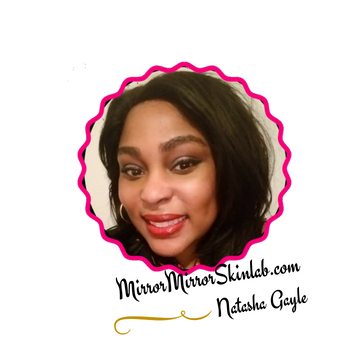 I am sure everyone who uses makeup products or other beauty tools knows that keeping your makeup clean and organized is not only practical but healthy and safe. Whether you are using an old dirty brush with germs and bacteria on it that can clog up your pores, or using expired makeup – because yes, makeup can and does expire – that damages your skin in other ways. Sanitary practices with makeup may seem a bit much or too time-consuming but trust that it is absolutely worth the effort!
I am sure everyone who uses makeup products or other beauty tools knows that keeping your makeup clean and organized is not only practical but healthy and safe. Whether you are using an old dirty brush with germs and bacteria on it that can clog up your pores, or using expired makeup – because yes, makeup can and does expire – that damages your skin in other ways. Sanitary practices with makeup may seem a bit much or too time-consuming but trust that it is absolutely worth the effort!
Cleaning Brushes and Tools
 If you are an avid makeup user, you most likely ascribe to one of two types of beauty fanatics: the hypochondriac or the “it’s fine, it’s my stuff.” Now, what do I mean by that? The hypochondriac in the beauty world is someone who after every single brush stroke or blending motion they feel a compulsion to immediately wash their brush, blender, etc. The other group is the one who may wash their brushes, but not regularly and doesn’t see an issue – especially if they are the only ones using the makeup and the tools.
If you are an avid makeup user, you most likely ascribe to one of two types of beauty fanatics: the hypochondriac or the “it’s fine, it’s my stuff.” Now, what do I mean by that? The hypochondriac in the beauty world is someone who after every single brush stroke or blending motion they feel a compulsion to immediately wash their brush, blender, etc. The other group is the one who may wash their brushes, but not regularly and doesn’t see an issue – especially if they are the only ones using the makeup and the tools.
Here is why washing your brushes regularly is important:
- “Beauty Blenders”: This tool has taken the world by storm in the last five or so years. We went from a world that used brushes and
 fingers to apply our makeup to using a teardrop-shaped sponge to create a flawless, even saturation of product. The easiest way to explain why it is so important to clean your sponge regularly – as in after every time you use it – is to tell you to look at it like a kitchen sponge. After you wash the dishes, you don’t leave the food gunk and particles in the sponge; you rinse it out. The same goes for your sponge. In order to keep your blender clean and bacteria free, it is important to clean it, not just of any product that has seeped through the pores but also to sanitize it to keep bacteria from growing. Use a cleansing product that is safe for use on the face and has an antimicrobial ingredient, you are good to go.
fingers to apply our makeup to using a teardrop-shaped sponge to create a flawless, even saturation of product. The easiest way to explain why it is so important to clean your sponge regularly – as in after every time you use it – is to tell you to look at it like a kitchen sponge. After you wash the dishes, you don’t leave the food gunk and particles in the sponge; you rinse it out. The same goes for your sponge. In order to keep your blender clean and bacteria free, it is important to clean it, not just of any product that has seeped through the pores but also to sanitize it to keep bacteria from growing. Use a cleansing product that is safe for use on the face and has an antimicrobial ingredient, you are good to go. - Brushes and other tools: It may not seem as important how often you wash your brushes as brushes do not retain product and liquid the way a sponge would. But these tools can also be “germ farms.” Washing brushes – as taxing as it can sometimes be – is also best done regularly after every time you use them. The best way to clean your brushes is to create a sort of washboard that you can massage the bristles on to break up any built up product and the movement of the bristles can also loosen and break down any bacteria that may be growing.
- I made my washboard with an old clipboard and a hot glue gun. Using a hot glue gun, I created zigzag patterns, rows of dots, and other designs to create a ridged, raised surface. It took less than a few hours and I was ready to clean my brushes.
- Never Share: As many women who have been in performing ensembles can attest, there is nothing worse than using “team makeup” and using a mascara wand someone else used and then the next day waking up with a sty on your eye. Makeup tools and products, especially those that go on your eyes and lips, should never be shared unless you sanitize the product or tool you are going to be using on or around your face. Though it may seem like no big deal at a time, this is one of the most sure-fire ways to spread germs and other bacteria.
Being hygienic with makeup and the tools you use is not just incredibly important, it is also practical. The more care you put into taking care of your products, tools, and applicators, the longer they are going to last and perform the way they did when they first came out of the box. Setting aside an extra 5-10 minutes to wash or sanitize your box of daily routine tools and products is all you need.



